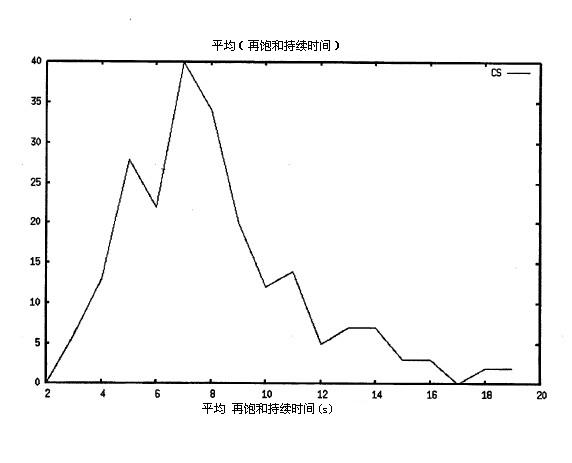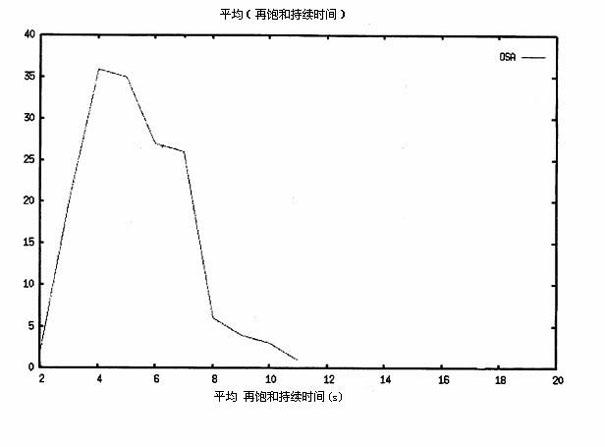Discrimination of cheyne -stokes breathing patterns by use of oximetry signals
A technology of tidal breathing and saturation, which is applied in the field of using blood oxygen saturation signals to distinguish tidal breathing patterns, can solve problems such as unreliable interpretation of blood oxygen data, and achieve the effect of easy operation and low cost
- Summary
- Abstract
- Description
- Claims
- Application Information
AI Technical Summary
Problems solved by technology
Method used
Image
Examples
Embodiment Construction
[0044] Embodiments of the present technology may include: systems, devices, classifiers, and / or methods. Here with reference to the accompanying drawings especially Figure 1-13 and 15, describing examples.
[0045] CSR is a periodic respiration believed to be caused by instability in the control of ventilation by the central nervous system. Respiration in patients with CSR is characterized by ebb and flow of respiratory volume, with recurring episodes between apnea / hypopnea and hyperpnea. Recordings of nasal flow signals on a compressed time scale showed a similar pattern to amplitude-modulated (AM) waves.
[0046] During tidal breathing or CSR cycles, the pattern of waxing and waning changes in respiratory volume that can be seen in the nasal flow signal as a direct test of lung function also exhibits periodic changes in other cardiorespiratory parameters, such as blood oxygen saturation levels. For example, during prolonged periods of apnea, oxygen saturation may decreas...
PUM
 Login to View More
Login to View More Abstract
Description
Claims
Application Information
 Login to View More
Login to View More - R&D
- Intellectual Property
- Life Sciences
- Materials
- Tech Scout
- Unparalleled Data Quality
- Higher Quality Content
- 60% Fewer Hallucinations
Browse by: Latest US Patents, China's latest patents, Technical Efficacy Thesaurus, Application Domain, Technology Topic, Popular Technical Reports.
© 2025 PatSnap. All rights reserved.Legal|Privacy policy|Modern Slavery Act Transparency Statement|Sitemap|About US| Contact US: help@patsnap.com



